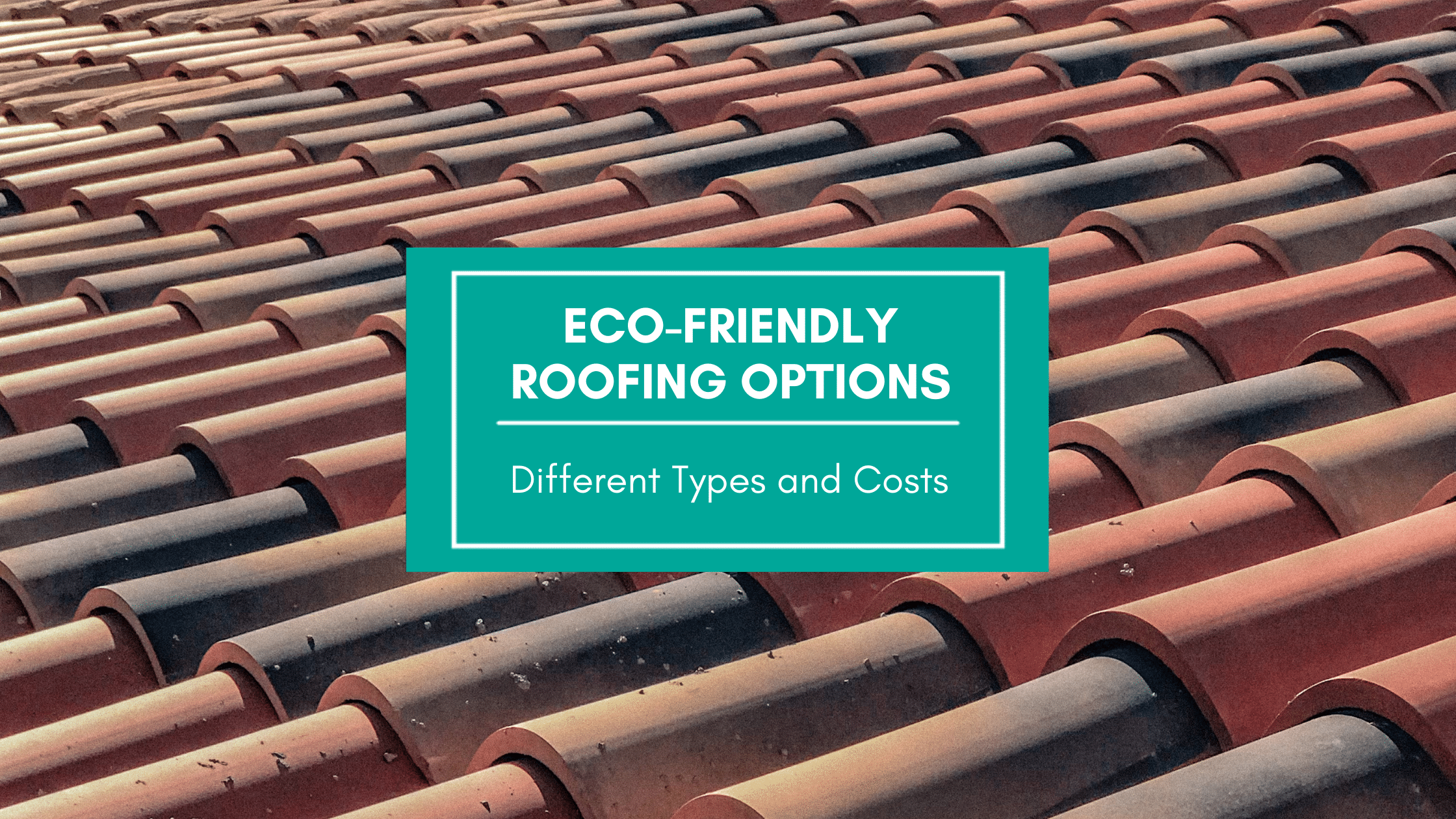A lot of people are trying to adapt to more environmentally friendly lifestyles these days. Households are starting to focus on recycling paper, decreasing reliance on plastics, using low-energy appliances, or optimizing lights and thermostat systems. This passion for helping the environment can take them to the next level when going green, such as installing water-saving devices and replacing the roofing material with a more eco-friendly option.
You, too, can make a big difference in preserving the beauty of Mother Earth! There is a vast number of eco-friendly roofing options that are within your budget.
What Makes a Roof Material Environmental Friendly?
Environmentally friendly roofing material is not only determined by its raw materials and its manufacturing procedure. More than that, it must include the roof's performance and disposal after use. The overall durability and resistance to gaining heat can significantly affect the roof's performance. Meanwhile, the sustainability of the eco-friendly roof is merely dependent on the raw material.
Benefits of Environmentally Friendly Roofs
The use of eco-friendly roofing materials can cost more money compared to the use of asphalt roofing. However, this roofing option comes with several benefits for homeowners.
Saves money on monthly bills
Reduces carbon footprint for a better environment
Offers optimum and extensive durability
Requires fewer repairs and replacements
Moreover, some states offer additional tax incentives for households who use eco-friendly resources.
Types of Eco-Friendly Roofing
If you are considering constructing a home or replacing your roof, you'll find several eco-friendly roofing options from which to choose. Basically, the material that fits your home will depend on the architecture and style of your house, and of course, your budget.
Here are some of the greener options that you may consider.
Solar Roofing
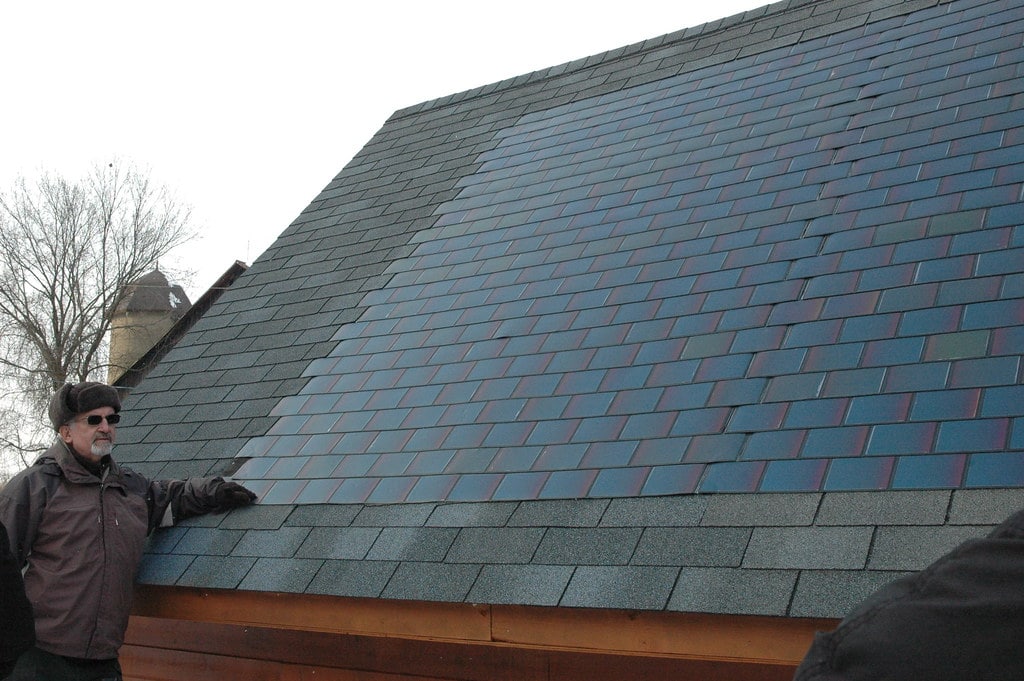
Solar tiles or solar shingles are the trendiest roofing system available on the market today.
This system is considered one of the top environmentally friendly options due to its ability to cut down your energy costs. Also, these panels don't emit any harmful substances and wastes that can contribute to air pollution.
However, conventional solar panels cost less than solar shingles. Plus, you'd have to remove your initial roof to get those installed, so you'd need to factor in the costs for that as well. If you have an existing roof, it might be better to get solar panels installed. But if this is new construction or you were planning on replacing your roof anyway, solar shingles can cost less than paying for both roofing materials and solar panels.
On average, a home consumes around 905 kWh per month in electricity. To ensure reduced utility bills, an average-sized home featuring a decent amount of sunshine can install a 5 kW to 6 kW solar panel system.
Solar Panel Installation Costs by Size
Solar Panel Size | Average Installation Cost |
|---|---|
2 kW | $6,015 |
4 kW | $12,035 |
6 kW | $18,500 |
8 kW | $24,552 |
Note: The larger the panels installed, the lower the cost per watt will be!
Living Roofs
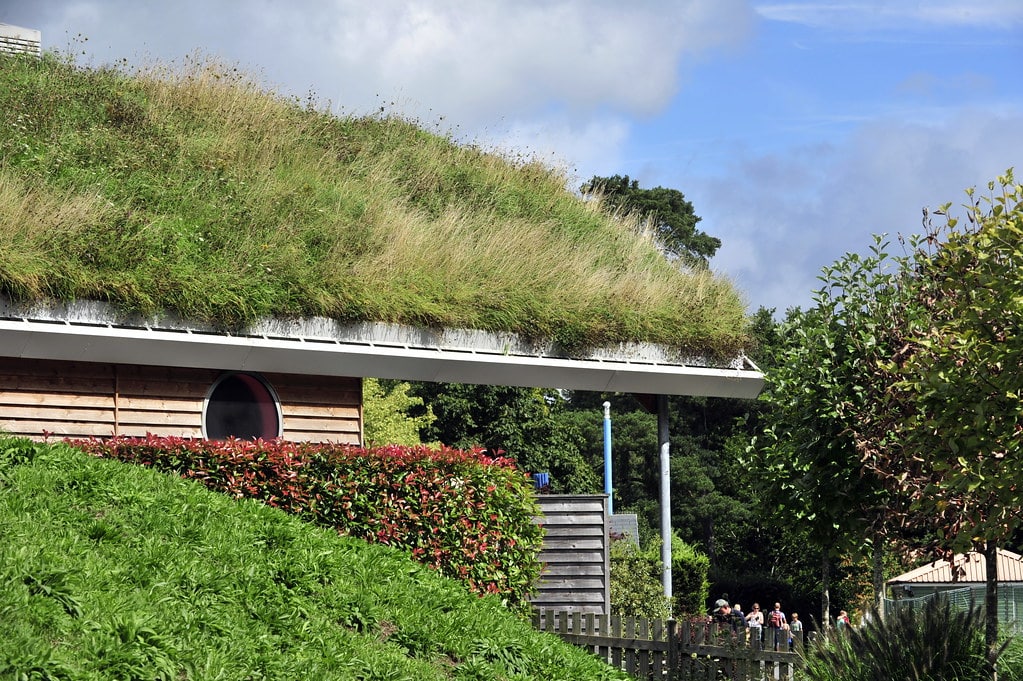
Living roofs, also known as green roofs, are low-slope roofs that wholly or partially accommodate vegetation using a growing medium and a synthetic waterproof membrane.
This system helps reduce energy consumption by absorbing the heat, thus leaving homes cooler without even using air conditioning units. Also, it absorbs almost 90% of stormwater which tends to overflow on the rooftop and lead to potential floods.
While living roofs tend to solve energy consumption problems, these can be an effortless way to make homes look more beautiful and vibrant. This is perfect for gardening plants and other small vegetative functions.
There are two types of living roofs - intensive and extensive. The intensive roof can support up to 150 pounds per square foot, while the extensive roof can hold up to 250 pounds per square foot.
Several factors, such as location, roof quality, accessibility, and load capacity, can affect the price of green roofs. Check out the estimated pricing based on these considerations:
Type of Living Roof | Minimum Cost (per sq ft) | Maximum Cost (per sq ft) |
|---|---|---|
Extensive Roof | $10 | $50 |
Intensive Roof | $20 | $200+ |
Recycled Shingles
The use of eco-friendly shingles as a roofing option is an excellent option for households. Some of the commonly used recycled shingles include clay tiles, concrete tiles, slate tiles, metal shingles, rubber tiles, and wood shingles.
Their prices vary significantly according to type. Almost all the shingles in the market are cost-efficient, except for the wood shingles, which tend to be more costly.
Clay Tiles
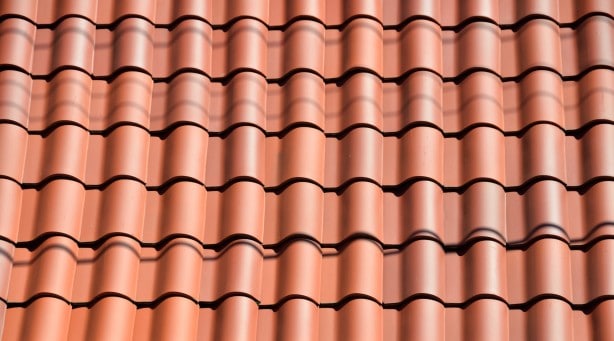
Clay or terracotta tiles are highly durable and fire-resistant. Their natural clay composition is shaped, baked, and fired to receive a special glaze of paints for added properties and earth tone color variations.
While this material is very eco-friendly, it probably can last only for about 50 years. Also, it is pretty heavy due to its thickness, thus requiring experts for installation.
Concrete Tiles
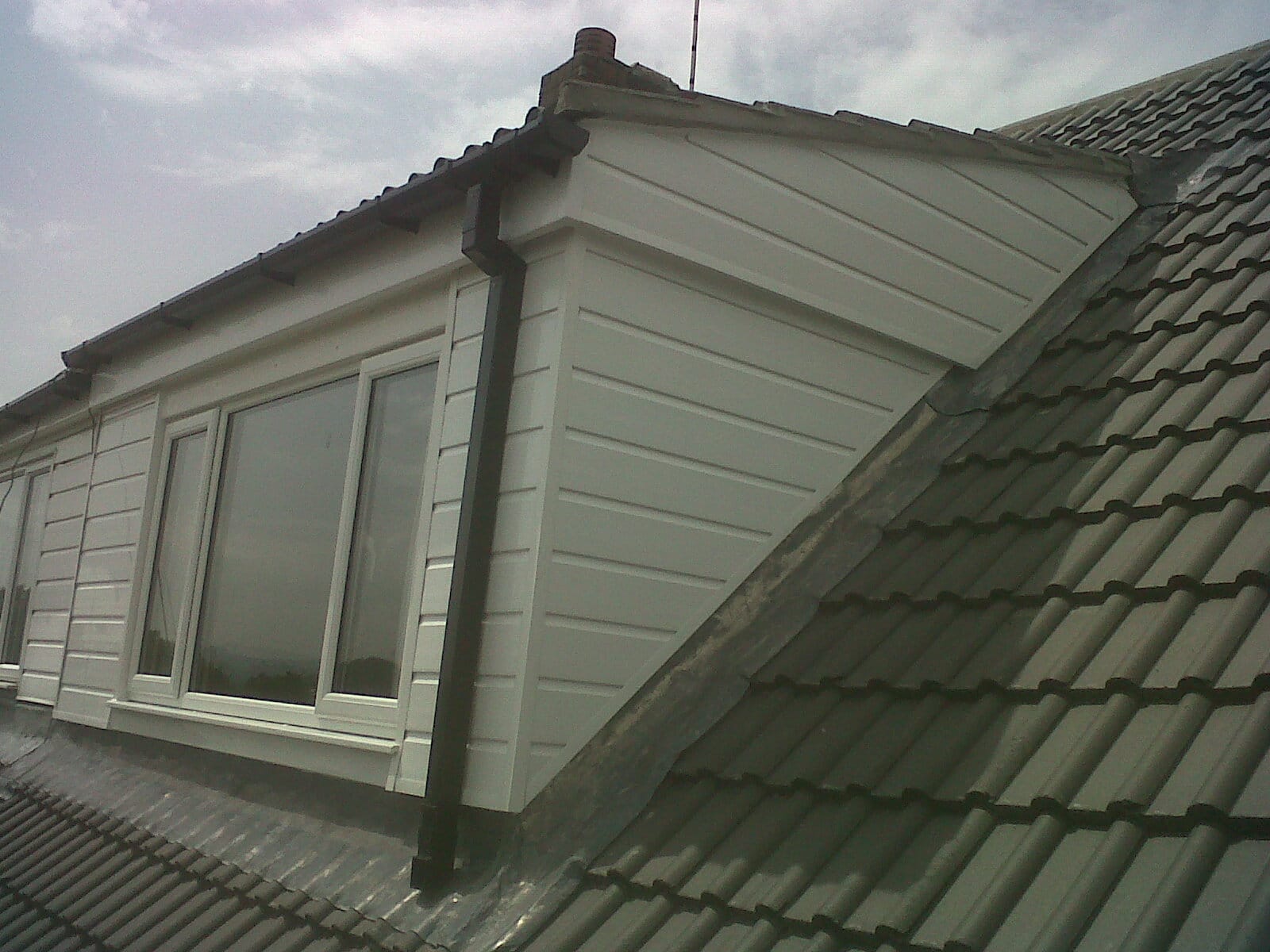
Concrete tiles are made of sand, cement, and water, making it an eco-friendly option. They are cheap options that can provide home comfort and reduce the use of air conditioning units during summer.
To last longer, the sand and cement together with the added binders, pigments, and resins used to make these tiles must be well-refined to prevent penetration of rainwater.
Slate Tiles
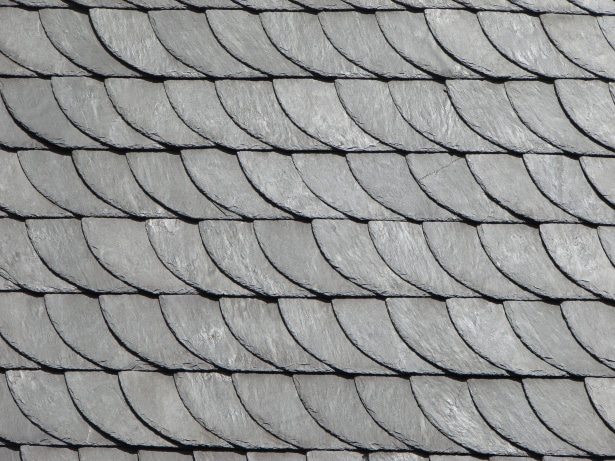
Slate tiles have been in the market for so many years. They come in two types: hard slates (mostly colored) and soft slates (primarily black). Both are made of rubber and plastic, thus making them recyclable and reusable.
Roofs made using these materials are highly durable, thus can last for a lifetime. Also, they can be easily changed once broken or cause leakage. However, the overall installation should be done by a professional due to the tiles' heavy and thick structure.
Metal Shingles
Metal shingles are certainly one of the best roofing systems for households due to their long-lasting protection against harsh weather. They are made of various metals, making them not susceptible to any damages caused by pests and insects.
Although this system is difficult to install, metal shingles are extremely easy to maintain. On rainy days, the metal roofing may tend to be loud to bear. But a good solution is to install a layer of insulation or an underlayment mat on the ceiling.
Rubber Tiles
Rubber tiles are made from recycled tires combined with crushed slates and sawdust. They are an affordable option that can last for quite a long time due to their high water and harsh elements resistance.
These roof options are crack-free and are unlikely to bend due to their proper formulation. To top it all, they require easy installation and little maintenance for homeowners.
Wood Shingles
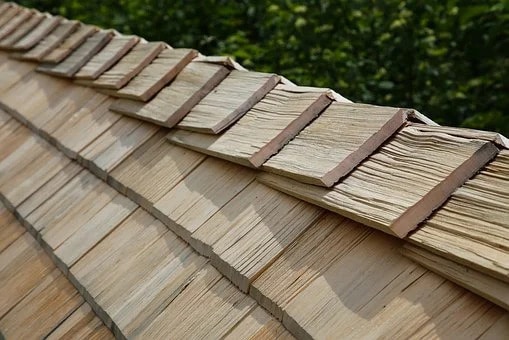
Wood shingles are usually made from several wood varieties, including cedar shakes. Its construction tends to repel insects and resist water due to the presence of natural oils. Also, wood offers high endurance and natural insulation to help cut the electrical bill.
While these wooden shingles give an expensive look to houses, they require frequent and more regular maintenance.
The use of wood shakes can also be done. These materials are similar to the shingles except that they are made through hand-splitting a log's main piece. Using wood shakes is a perfect option if a traditional look of wood is needed in the place.
Recycled Shingles Costs
On average, here's an overview costing of the commonly used recycled shingles for your household. The costs indicated are plainly for materials only and do not include other costs such as labor.
Type of Shingles | Cost (per sq ft) |
|---|---|
Clay Tiles | $15 - $20 |
Concrete Tiles | $3 - $20 |
Slate Tiles | $1.50 - $30 |
Metal Tiles | $6 - $15 |
Rubber Tiles (EPDM) | $4.50 - $10.50 |
Wood Shingles | $5 - $10.30 |
Roof Installation Costs
For some, DIY roof installation may sound easy, but to tell you honestly, it is not as easy as it sounds.
It requires a lot of proper tools to get the job done. Installing the roof on your own will also not provide complete protection and safety unless you have years of experience doing such a tedious job.
So we recommend that you hire experts or a team to do the job for you. Hiring these professionals will save you a lot of energy, time, and money.
Factors such as the type of roofing system and the structure's condition will dictate the cost of these professionals. An average household can spend about $1.50 to $3 per square foot on labor for roofing projects.
Keep in mind that the overhead and labor usually comprise up to 60% of the total project.
Bottomline
There is a considerable variety of environmentally friendly roofing options that you can use for your homes. It is essential to always think twice before coming up with the final decision. Read reviews from other customers to compare and know which one suits your needs.
Be sure that you know the material of your choice and the offerings provided by the manufacturer, i.e., warranty. Also, it is essential to hire a reliable roofing contractor to ensure the quality and safety of your roofing system.
Always remember to take responsibility in taking care of the environment. Choosing an environmentally friendly roof for your household is a sure way to start protecting Mother Earth.

